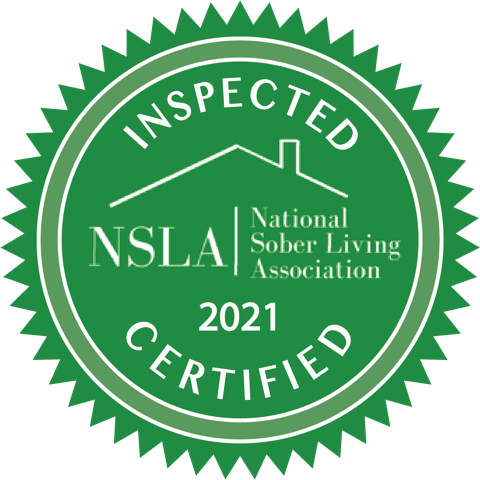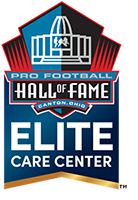Its original 1939 title was Alcoholics Anonymous: The Story of How More Than One Hundred Men Have Recovered from Alcoholism. AA literature still titles it Alcoholics Anonymous. But to most people, it’s The Big Book of Alcoholics Anonymous or simply The Big Book.
About The Big Book
The original Big Book author was AA founder Bill Wilson (“Bill W.”), who developed the program while overcoming his own alcoholism in the mid-1930s. His first edition was 400 pages long—about 45 percent to explain alcohol addiction and the program, and 55 percent to share personal testimonies. It further earned the “big” nickname by being printed on extra-thick paper.
Eighty years and three editions later, The Big Book had sold over 37 million copies, been translated into 43 languages and been recognized by Time magazine and the Library of Congress as among the most influential books of all time.
Have You Read Your Big Book?
After all these years, still more people are inspired by The Big Book than have read it. The Book being the “bible” of Alcoholics Anonymous and related programs, it’s not unreasonable to speculate on parallels to American Christians’ use of their Bible, where nearly 40 percent have never read the full text.
Regardless, if your experience with The Big Book is limited to hearing others talk about it, you may be missing some priceless benefits. No discussion or exposition can fully match the experience of personally discovering your own insights.
How to Do It
No one’s disputing that it can be daunting to read through a text of (in the current edition) six sections of front matter, 11 instructional chapters, 42 testimonials, seven appendices and 600 total pages. But committing an hour or two every Saturday means finishing within a year. Here are some how-to suggestions:
- Do read the first (instructional) section first.
- Schedule specific reading times on specific days, at least once a week. Leaving things for “when I have time” is a sure path to letting them fall through the cracks amidst petty distractions.
- Pick time slots when you are least likely to be distracted or drowsy. Prepare to give your full attention to the text.
- If you struggle with craving a drink at specific times, scheduling your Big Book studies for those times can be a helpful first step toward reinventing your habits for relapse prevention. (Don’t, however, expose yourself to the temptation of old associations by putting your reading desk where the wine rack used to be.)
- Take notes as you read: it improves concentration and keeps vital insights from sleeping away. And (assuming you’re using your own Big Book), don’t hesitate to mark observations directly in the text.
- Ask your counselor or experienced recovery peers for further suggestions—and ask them to hold you accountable for sticking to the reading schedule.
Finally: if you don’t have an addiction problem yourself, but want to better understand somebody who does—do read The Big Book on your own or with your loved one. It can be the perfect starting point for being an effective part of their support system.
A Unique 12-Step Program
With or without reading The Big Book in its entirety, every AA member (and most everyone else who has experience with addiction recovery) is familiar with at least one section. Chapter 5, “How It Works,” includes the “Twelve Steps” to lasting sobriety.
The 12 Steps are a central element of our Still Waters program as well, with the added dimension of emphasizing and living spiritual fellowship in every aspect of life. Our transitional-living, gender-specific communities immerse you in a healing environment. Contact us today to learn more about our approach.





